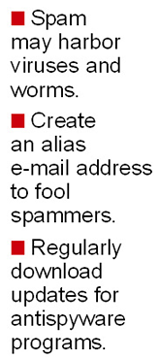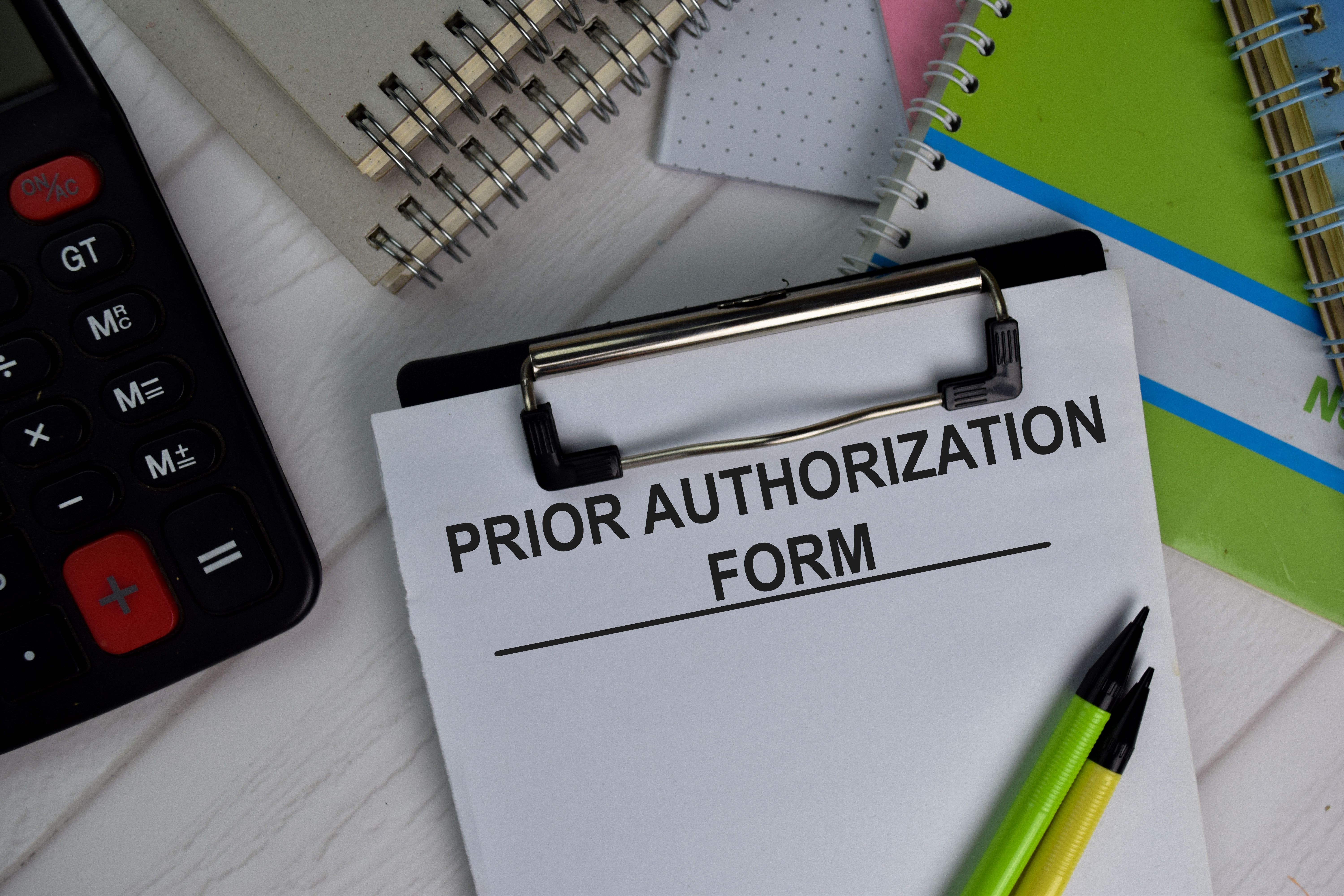Article
Technology Consult
Choking on spam? Here's help

A Web site called Spam Filter Review estimates that of the 31 billion e-mails sent in 2003, 40 percent were spam. Almost 30 percent of all e-junk mail-and the largest category-pitches drugs, according to a recent survey by Commtouch Software, which makes antispam programs. Of these drug offers, nearly half were for Viagra. Other popular categories include "mortgage/refinance" and "organ enlargement."
The amount of spam you get is partly a function of frequent Web surfing. And physicians do their share: Nearly half of all physicians, for example, routinely visit pharmaceutical company Web sites, according to a 2003 survey by Manhattan Research, a New York firm that studies computer technology in healthcare. When you fill out an electronic registration form at a Web site, one piece of information you're usually asked to supply is your e-mail address. It's stored along with other personal data in a text file on your Web browser called a cookie. It's child's play for a spammer to hack into cookies and retrieve e-mail addresses.
Although there's no foolproof way to avoid the spam problem, the following strategies will help minimize the amount of undesirable mail in your inbox:
Hide your main e-mail address. If you use a secure, HIPAA-compliant, electronic messaging system with 128-bit encryption to communicate with patients and other doctors, spam may not be a problem for you. But chances are you don't. "Almost all of the physicians I deal with, including those who communicate with patients online, use systems that aren't secure," says Mark Johnson, president of MediNetwork, a healthcare IT firm in Dallas. "They have ordinary e-mail like Hotmail."
Even those on secure systems at the office still use separate, unsecure e-mail to connect with family, friends, stockbrokers, and travel agents. Using AOL Instant Messenger or MSN Messenger to chat online also makes you spam bait.
To lower your exposure, don't type in your main e-mail address when a Web site forces you to register as a condition of exploring it. Instead, submit an alias address. You can create one by opening an additional account with your e-mail software. Spam will then go to the inbox for your alias account.
Another strategy: Open an account with Hotmail, Yahoo! Mail, or any number of other free e-mail hosting sites, and use your new address for online registration. In the process, it becomes your spam collector. You'll need to log into that e-mail service occasionally to check for any important messages, but your primary inbox should remain relatively spam-free.





